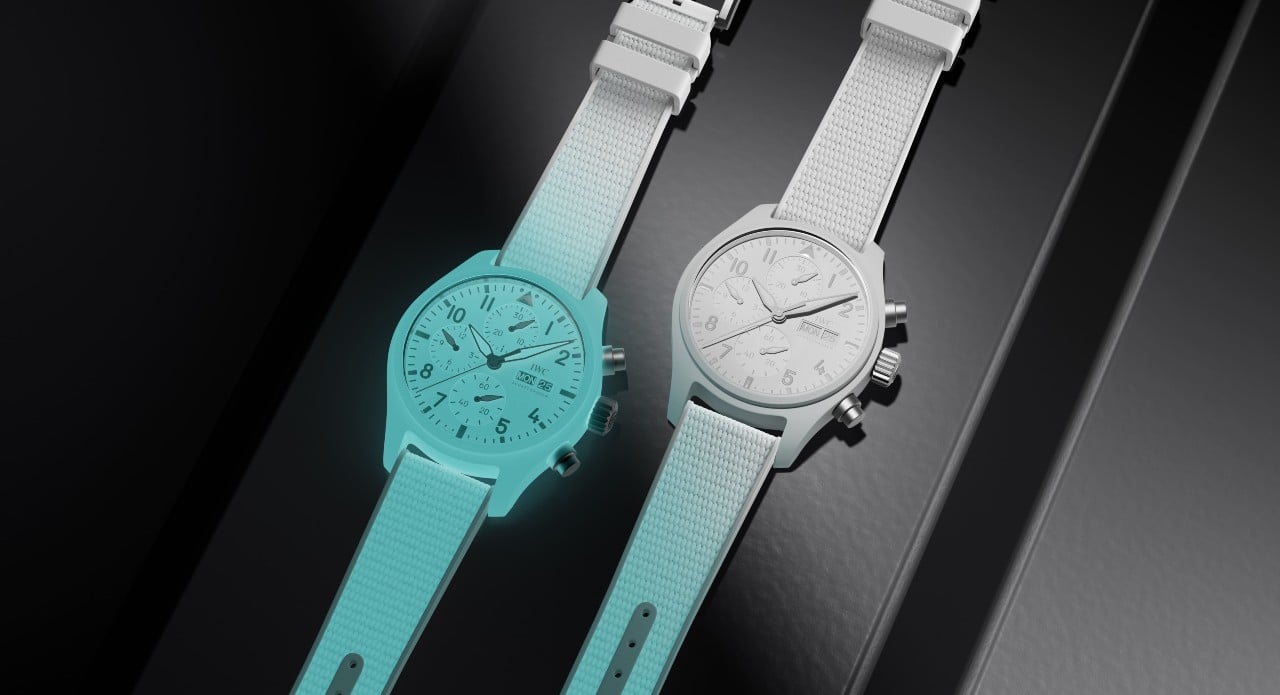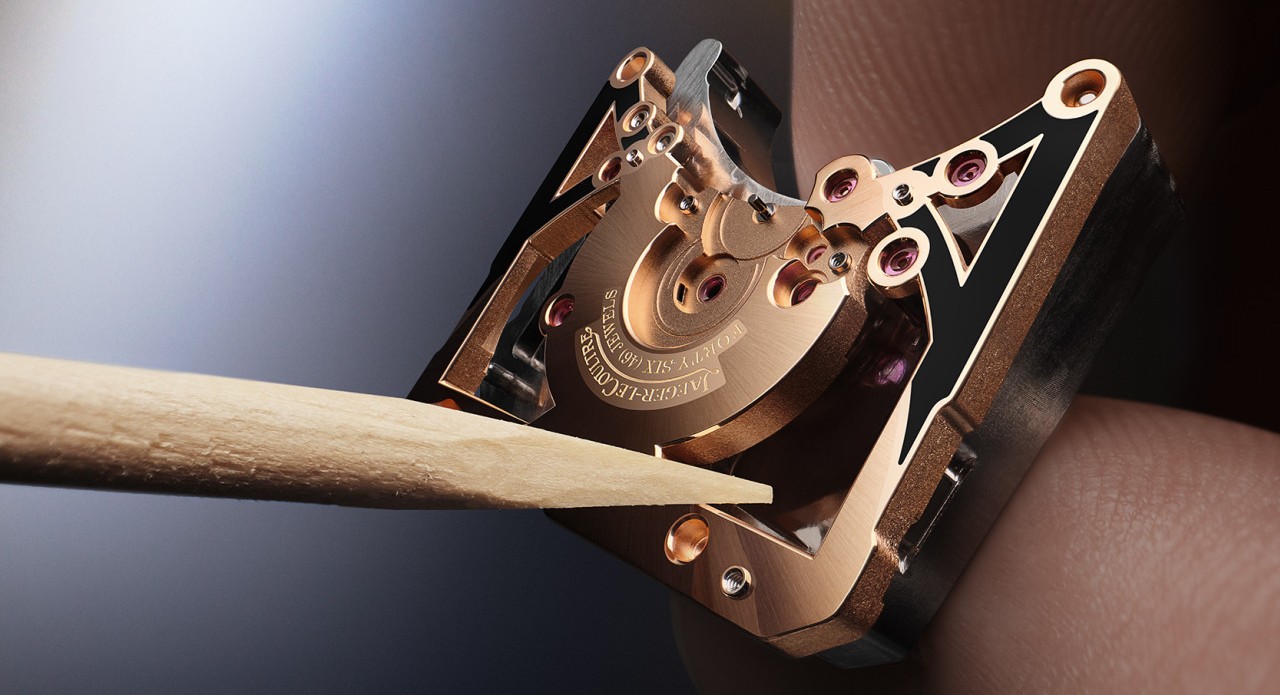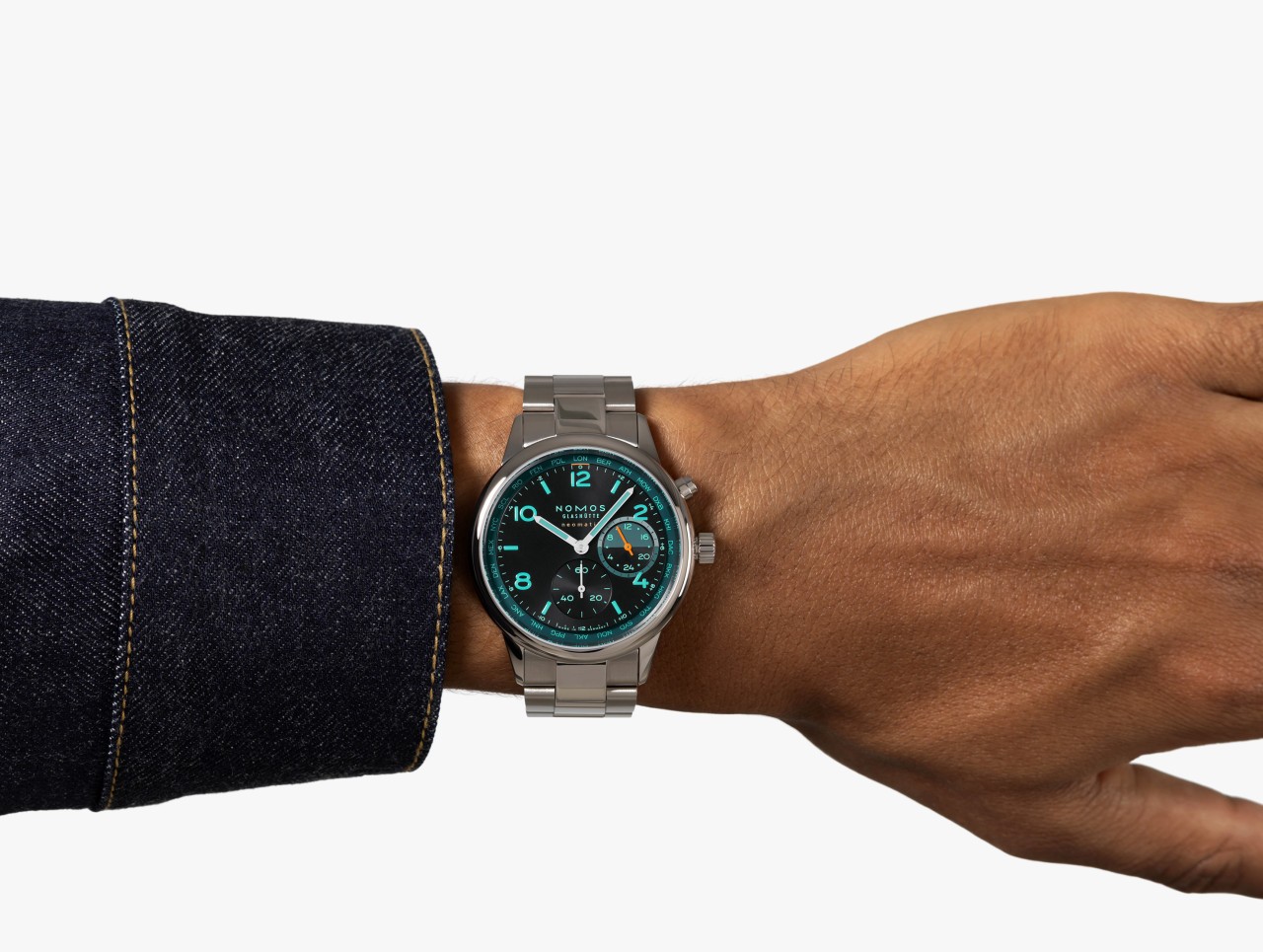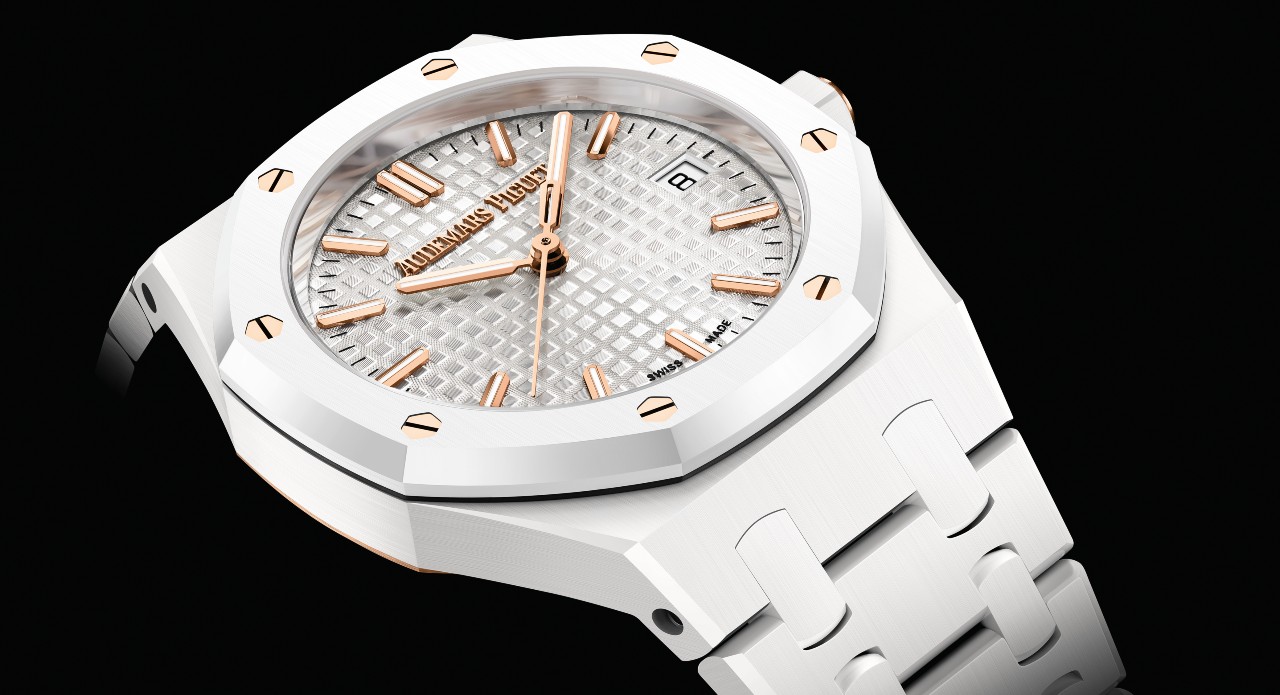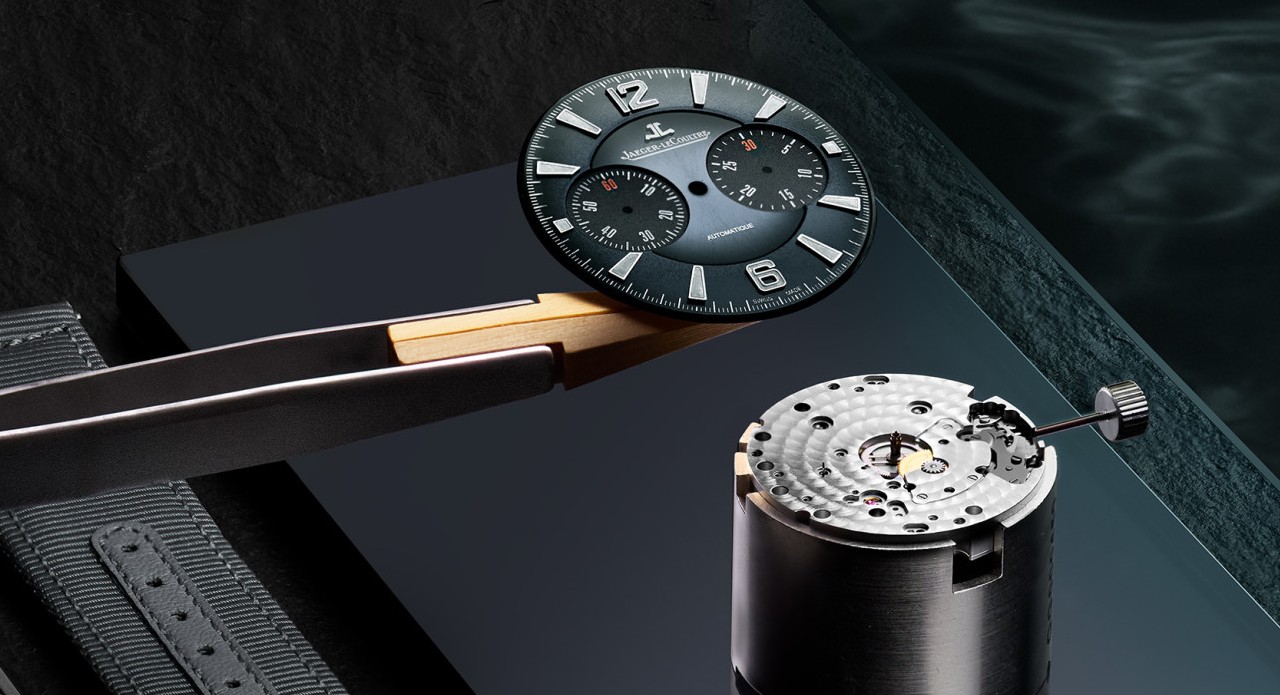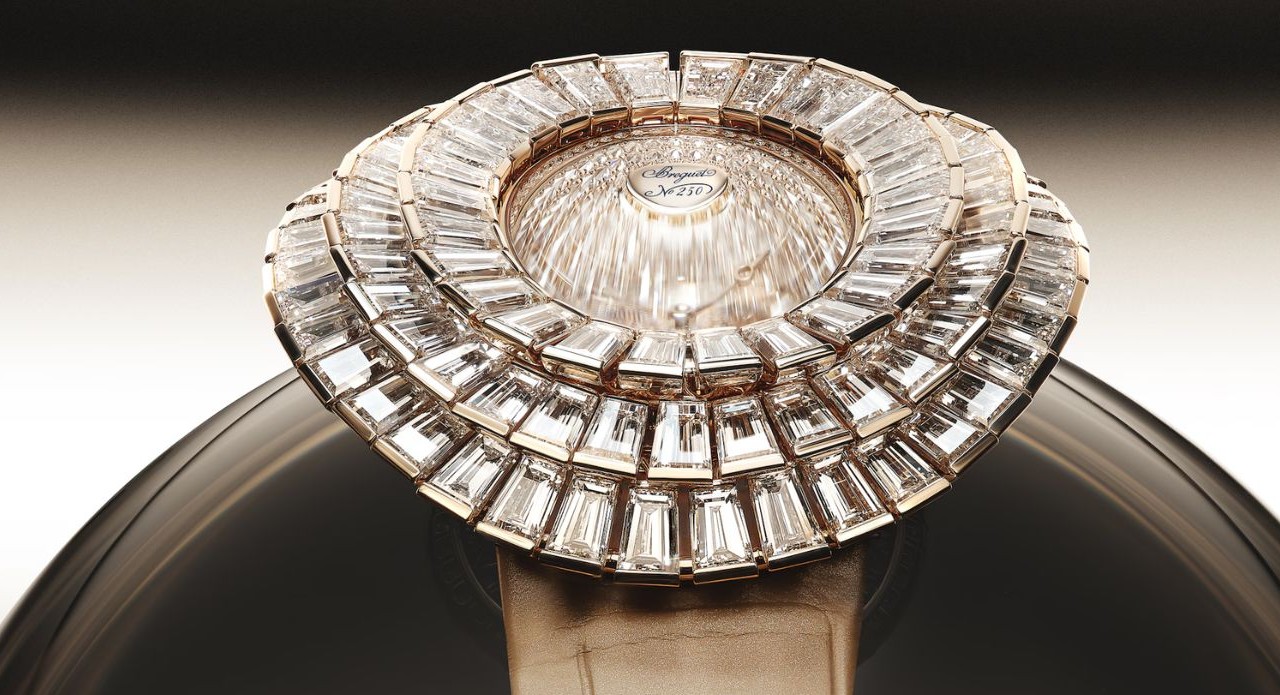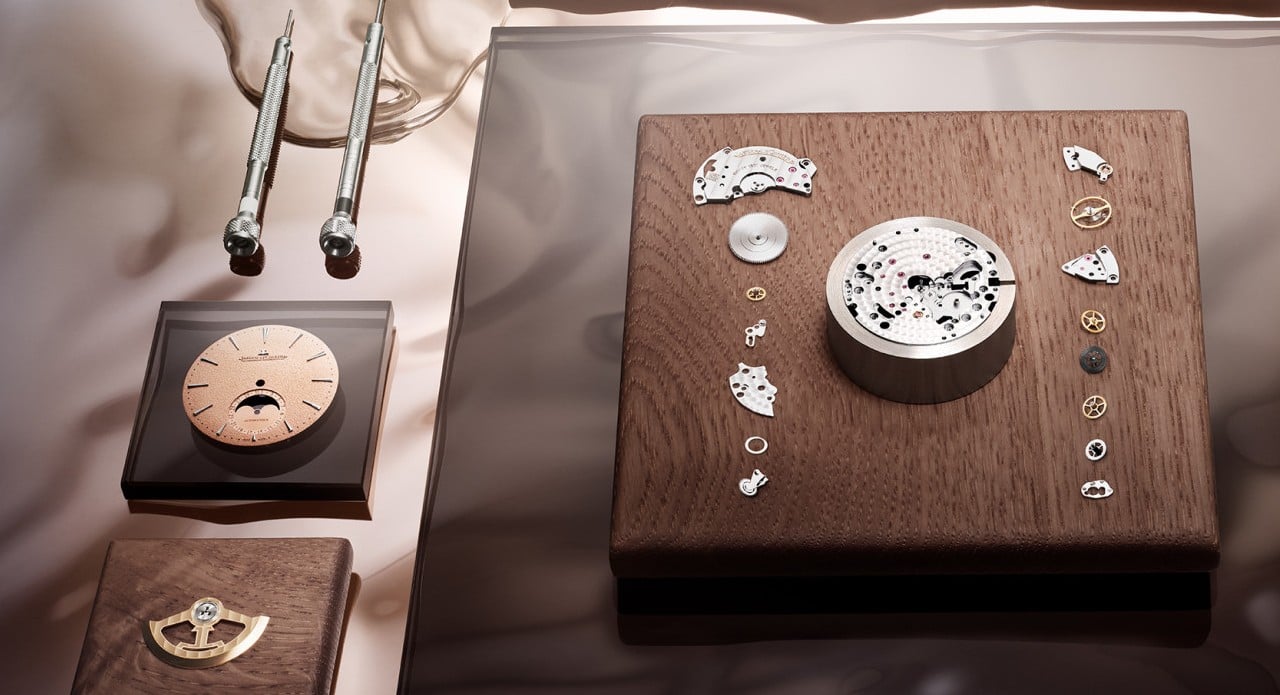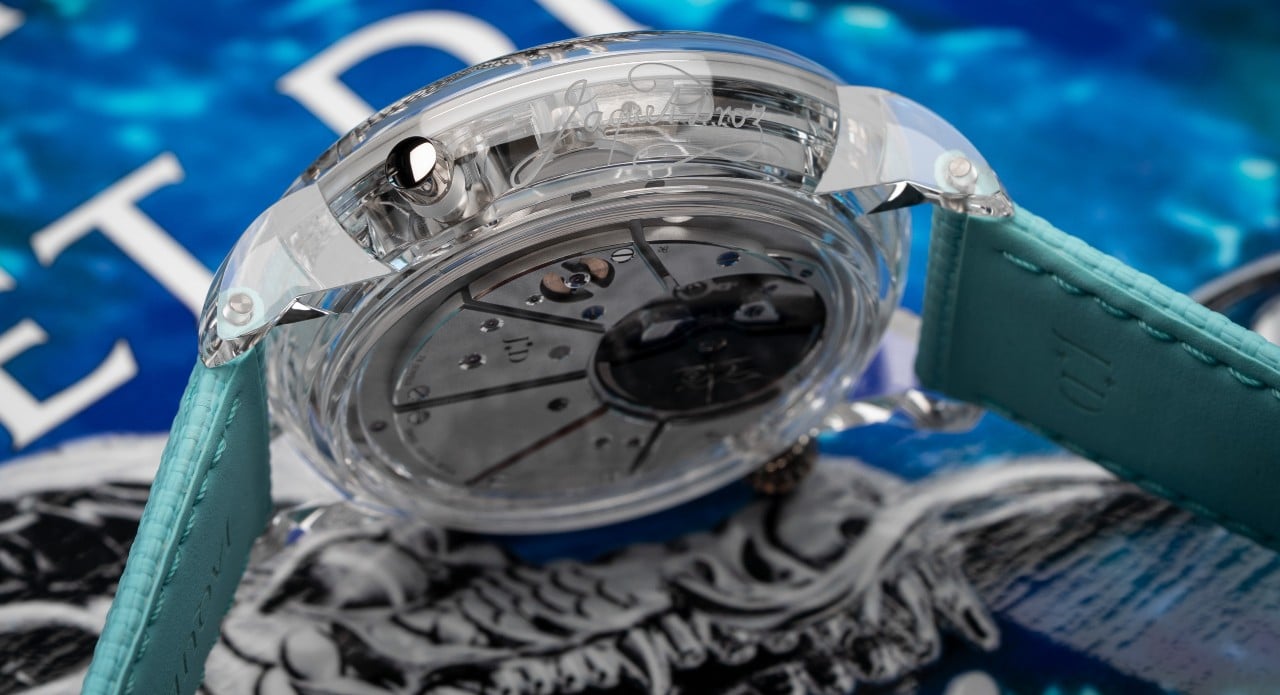One of the most intriguing features of a mechanical or quartz watch is its ability to glow in the dark. Whether it is a diver’s tool watch or a pilot’s chronometer, the luminous coating plays a crucial role in ensuring legibility under low light conditions. But what exactly makes the hands and indices glow, and how did this feature evolve from early hazardous methods to the safe, innovative technologies used today? The story of luminous coating is one of scientific discovery, design evolution and a quest for perfect visibility that mirrors the broader journey of watchmaking itself.
The Origins: Radium and the Birth of Watch Luminescence
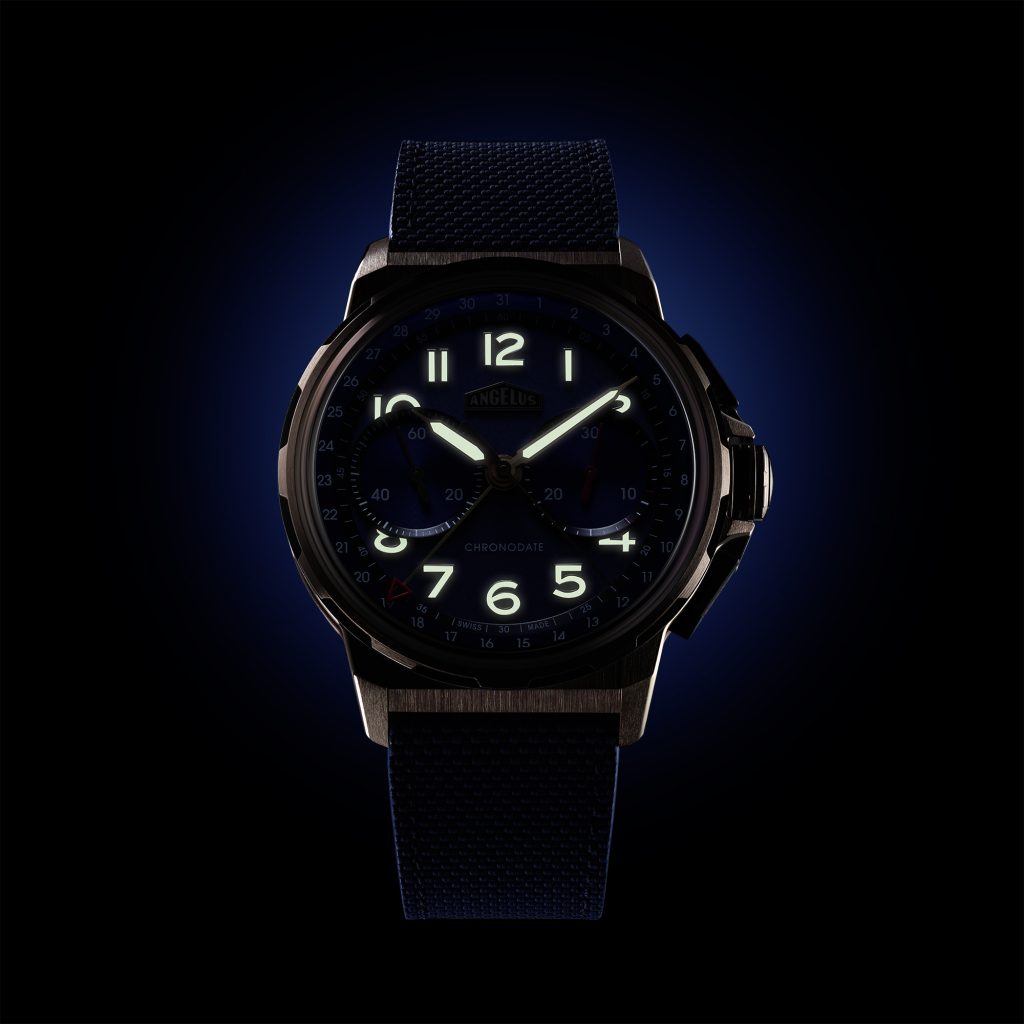
The story begins in the early 20th century, when watchmakers first experimented with radium-based paint to make dials visible in darkness. This radioactive substance emitted its own light through decay, requiring no external charging source. During the 1910s and 1920s, radium-lumed dials became common, especially in military watches and instrument panels used during wartime. The glow was bright and long-lasting, but it came at a terrible cost—workers who handled radium suffered radiation poisoning, leading to severe health issues and the tragic legacy of the “Radium Girls.” By the mid-20th century, the industry realised the dangers, and radium was gradually phased out.
A Safer Era: The Rise of Tritium
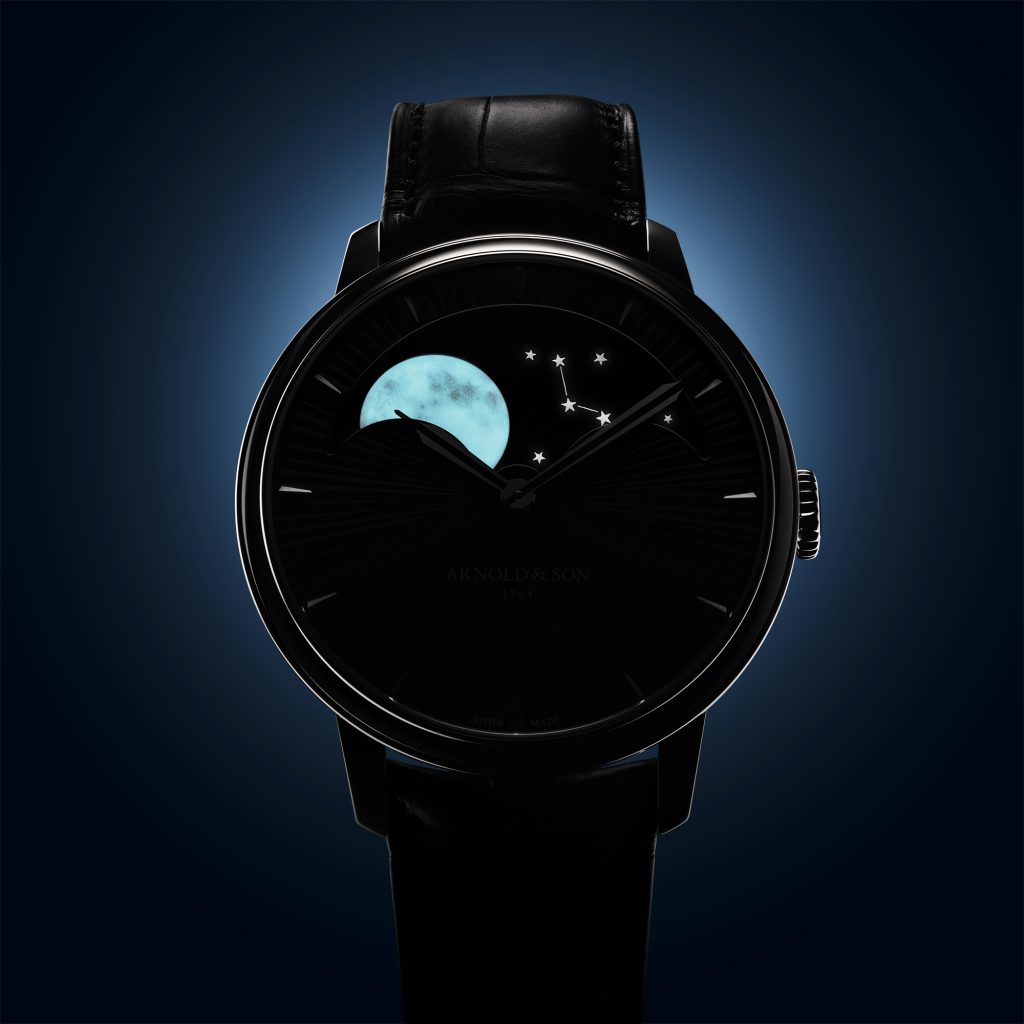
In the 1960s, tritium emerged as a safer alternative. Also radioactive, but at much lower levels, tritium emitted light through beta decay and was typically encapsulated in small glass tubes or mixed into paint. These micro gas tubes provided a constant, gentle glow without needing external light exposure. Tritium coatings were widely used by brands producing tool and military watches, and many vintage models still retain their soft greenish patina today. However, tritium’s luminosity fades over time—its half-life is about 12 years—and by the late 1990s, the watch industry once again sought a better, non-radioactive solution.
The Modern Revolution: Super-LumiNova and Beyond
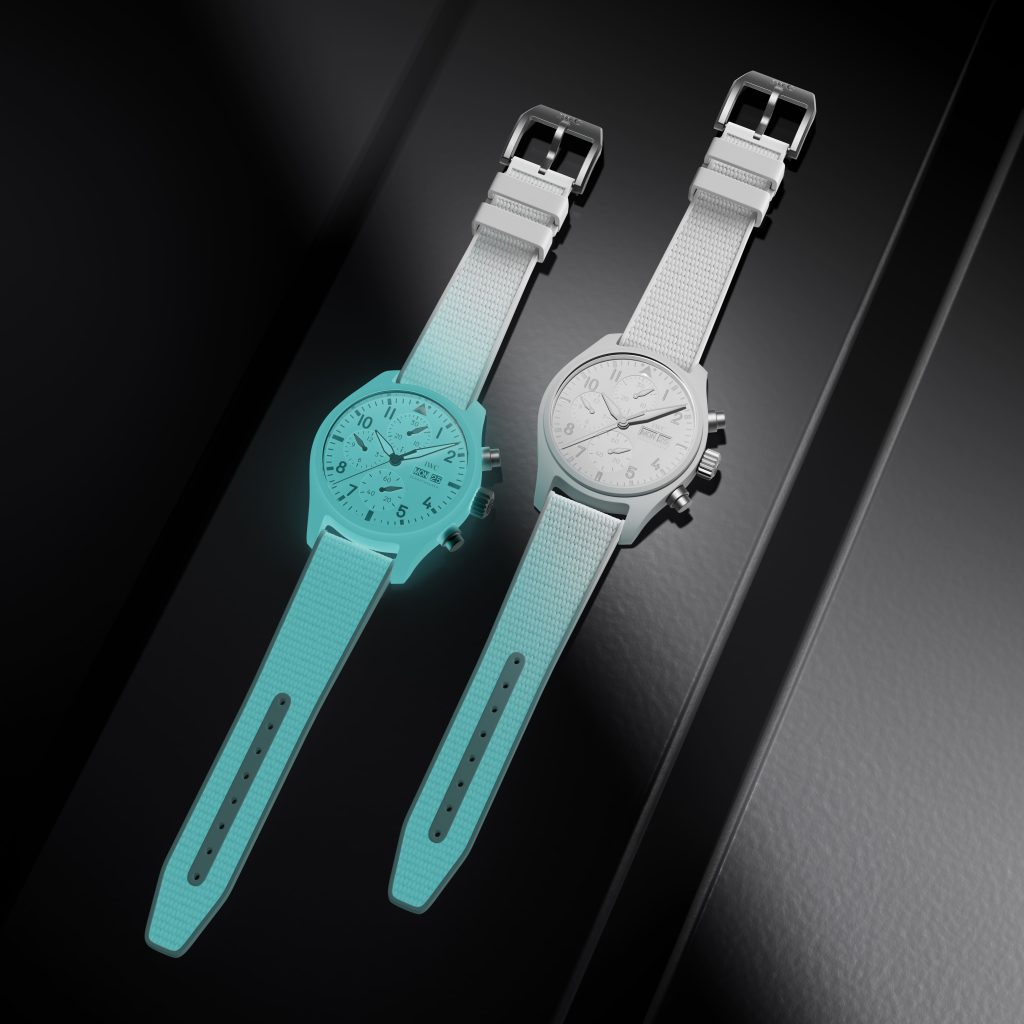
The modern era of luminous coatings began with the invention of Super-LumiNova, a non-radioactive photoluminescent material developed in the 1990s. Made from strontium aluminate, Super-LumiNova works by absorbing light (natural or artificial) and re-emitting it slowly over time. The compound is mixed into resin or paint and applied to watch hands, hour markers and bezels. When charged under light, it glows brightly in darkness—typically green, blue or white depending on the chemical composition. Unlike radium or tritium, Super-LumiNova is completely safe and can be recharged endlessly without losing effectiveness.
Modern variations like BGW9, C3 and X1 offer different brightness levels and glow durations, giving watchmakers flexibility in design and performance. Brands such as Rolex, Omega and Seiko have also developed proprietary luminescent compounds—Chromalight and LumiBrite—each optimised for brightness, longevity and colour clarity. These materials are carefully applied using micro-painting techniques under magnification, ensuring precision and uniformity on every dial element.
Applications and Design Significance
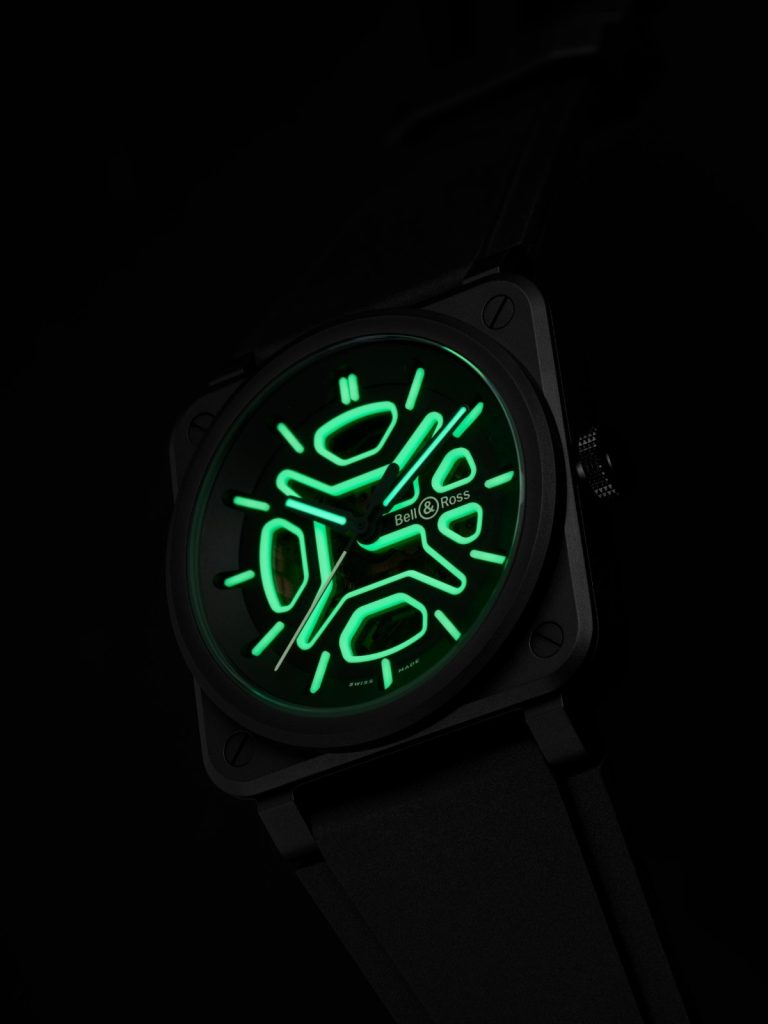
Beyond function, luminous coatings have become an integral part of design language in watches. In divers’ watches, for instance, luminescent bezels and markers are critical for underwater visibility. Pilot and field watches use lume for rapid readability in night operations, while even dress watches sometimes employ subtle lume to enhance practicality. Modern applications push the boundaries of creativity, with skeletonised hands, gradient lume patterns and even full-dial coatings that transform the look of a watch after dark. The glow is no longer just utilitarian—it’s a visual signature that can define a brand’s aesthetic identity.
The Science Behind the Glow
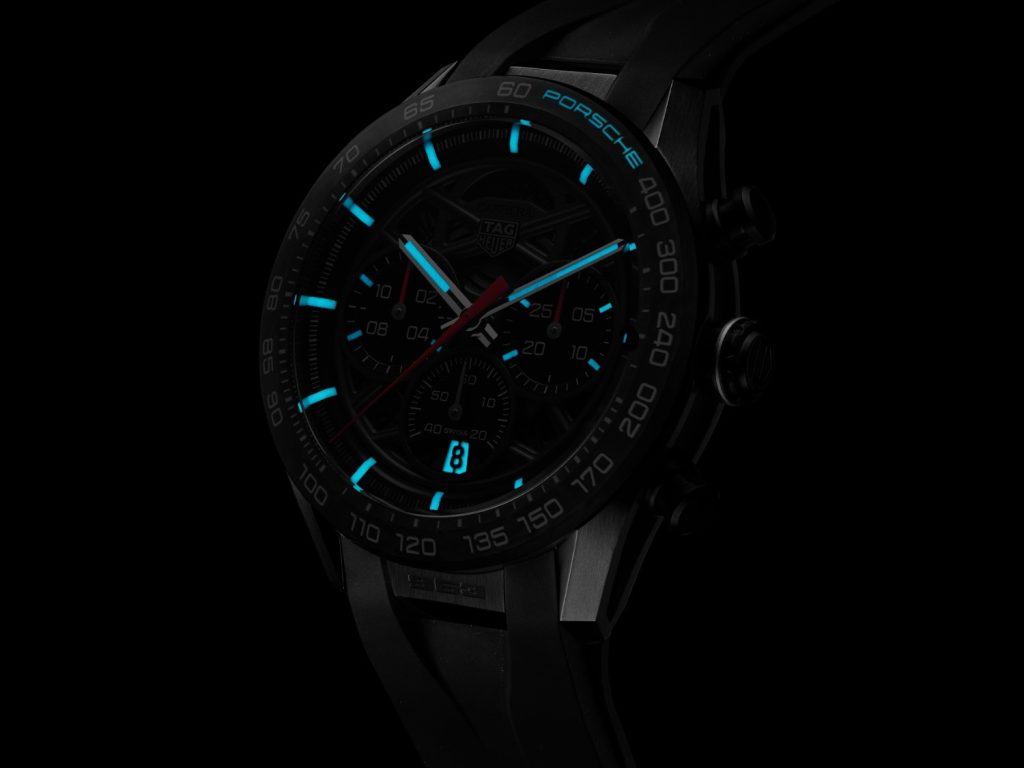
Luminous coatings work through a simple yet fascinating principle: photoluminescence. When the material absorbs photons from light sources, electrons in its structure become excited to higher energy levels. Once the light source is removed, these electrons return to their original state, releasing stored energy as visible light. The duration and intensity of the glow depend on factors like material purity, coating thickness and the wavelength of light absorbed. The best luminous materials can glow for up to 10 hours after just a few minutes of light exposure, maintaining readability through the night.
The Future of Watch Luminescence
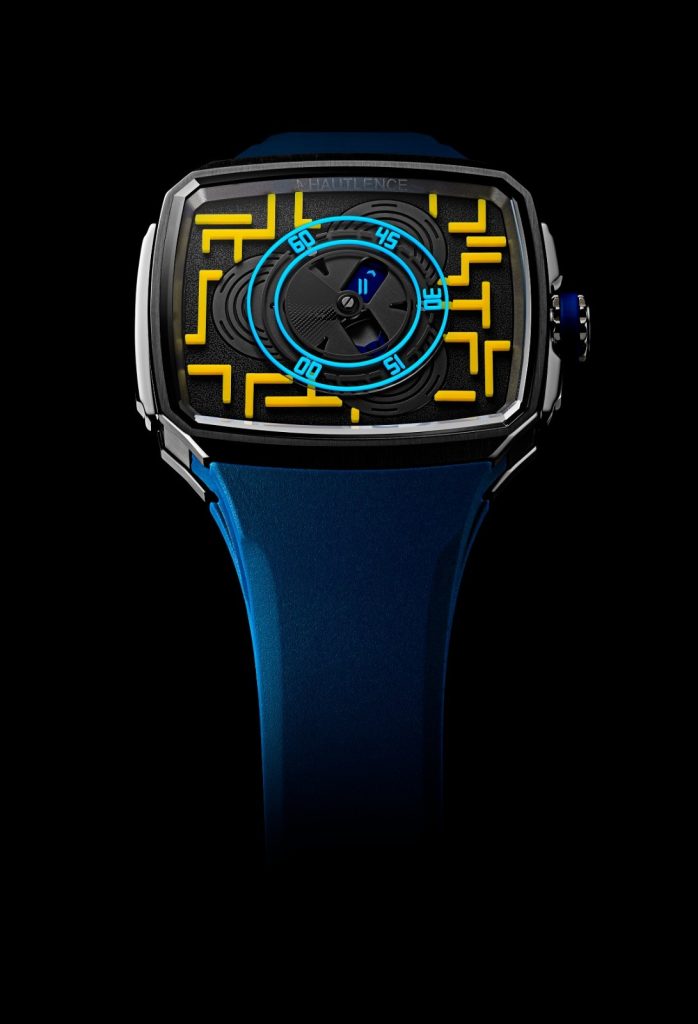
As technology evolves, so does the art of illumination. Watchmakers are now experimenting with tritium microtubes, ceramic-based luminescent materials and electroluminescent displays for hybrid models. The goal remains the same—to enhance legibility while elevating design. Sustainable, long-lasting pigments and nanotechnology-based coatings are also emerging, promising brighter and more energy-efficient glow characteristics.
A Timeless Glow Of Innovation
From the hazardous glow of radium to the refined brilliance of Super-LumiNova, luminous coatings in watches tell a story of innovation born from necessity. What began as a military utility has evolved into a defining symbol of craftsmanship and technical artistry. The luminous dial remains one of the most captivating aspects of horology—a small yet powerful reminder that even in darkness, precision and beauty can shine.
The next time your watch glows softly in the night, you are not just seeing a bit of paint at work. You are witnessing more than a century of human ingenuity condensed into a shimmer of light, carrying time through darkness with enduring brilliance.
